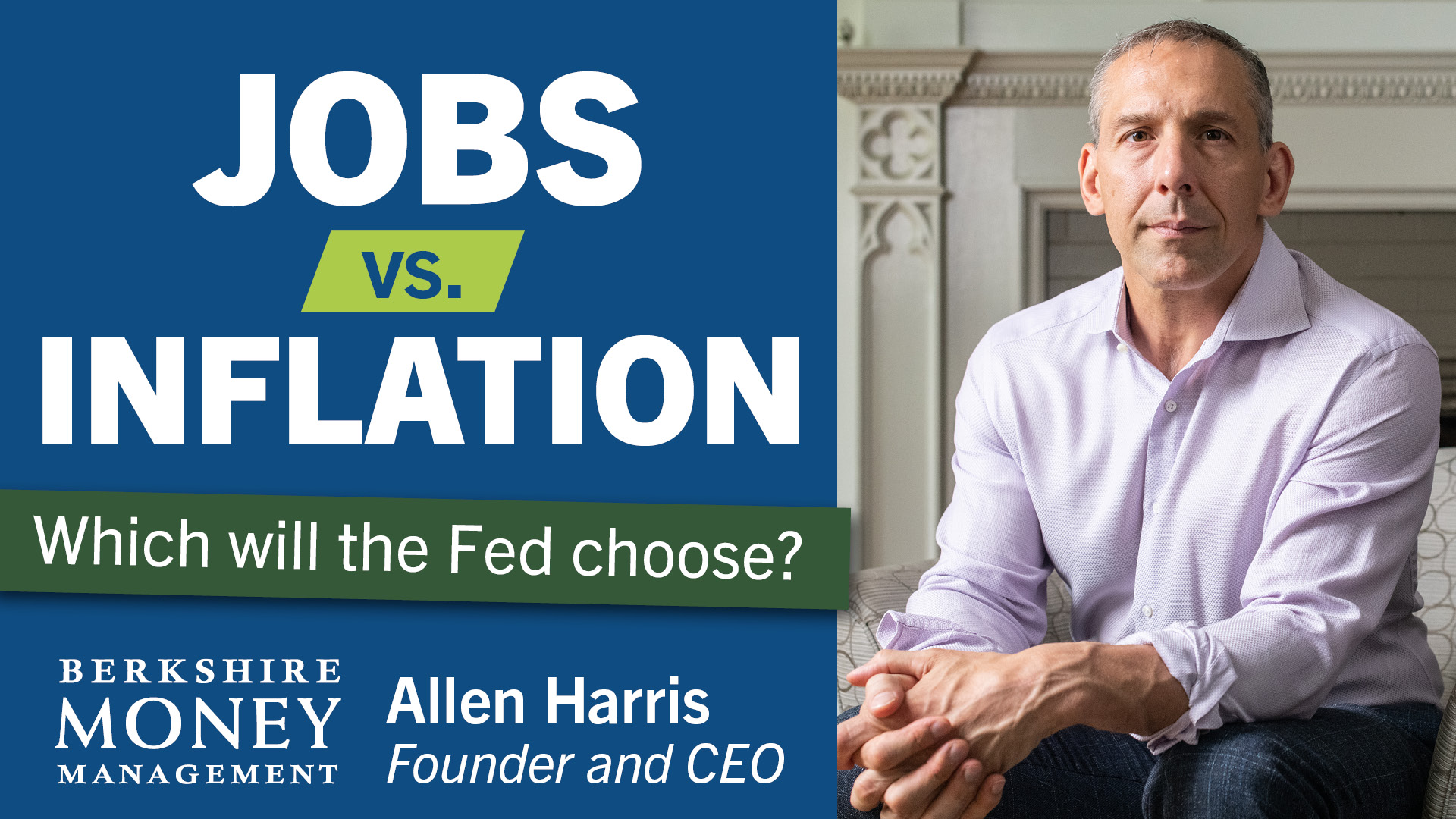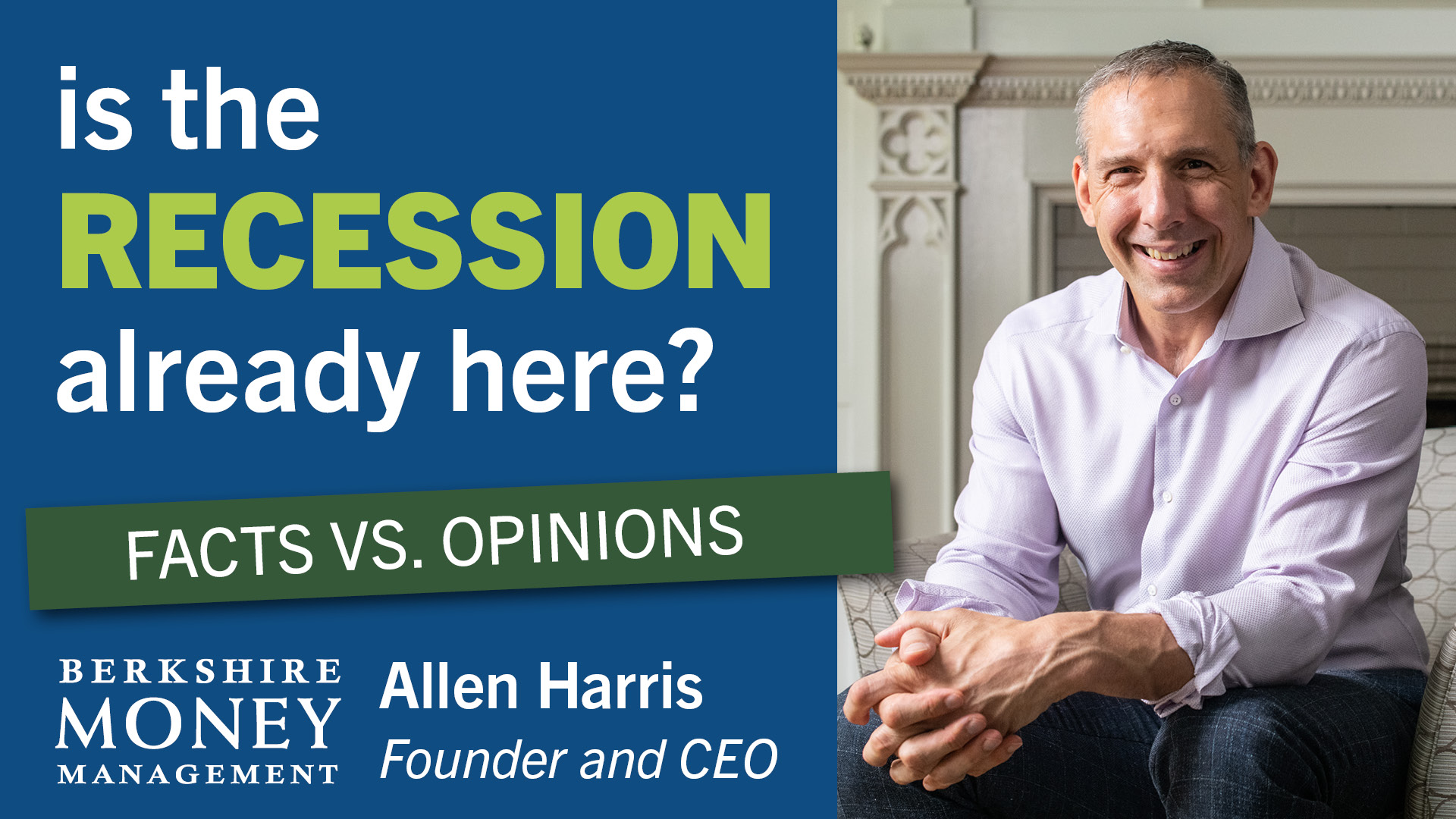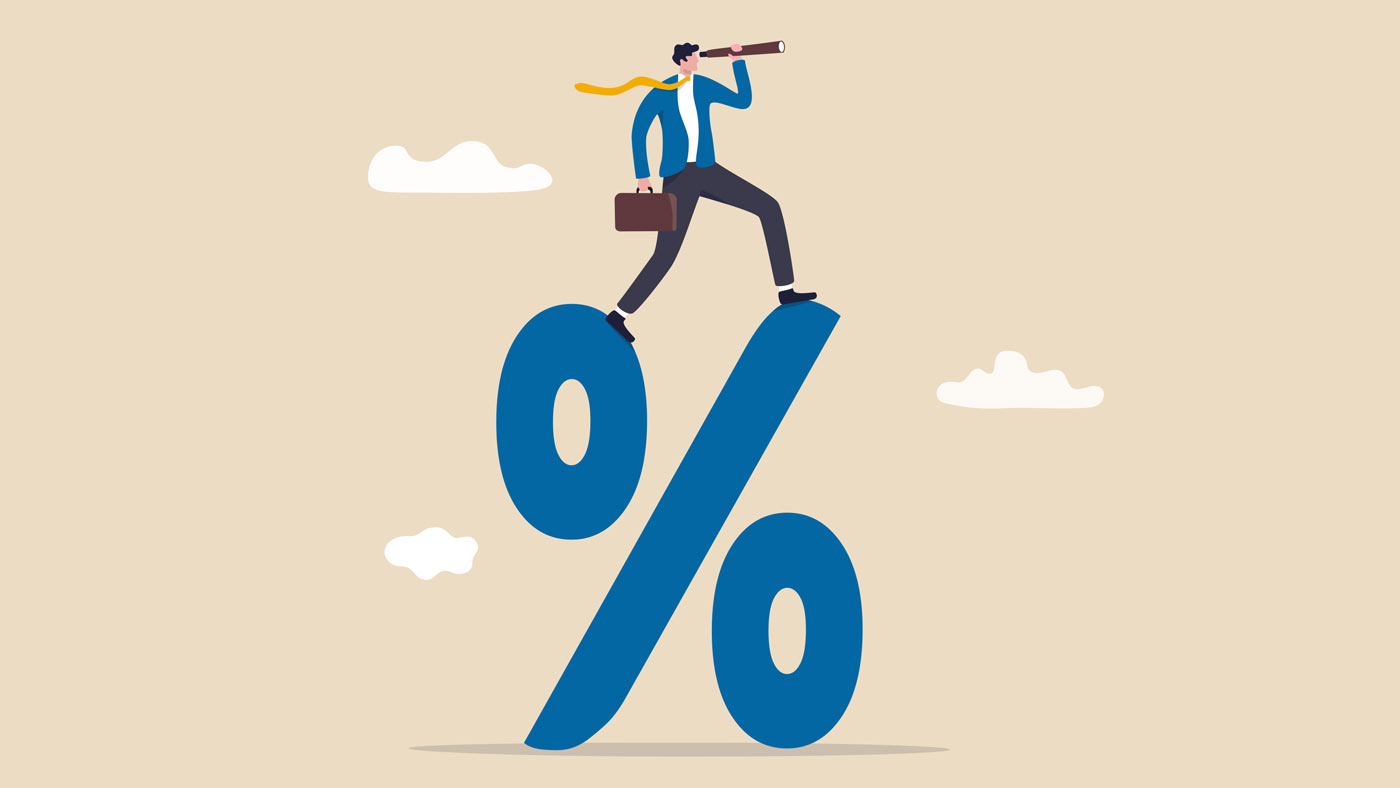Are supply chain issues getting better?

August 2022. Thank you for coming, everybody. Don’t forget to tip your waitstaff.
Oh, you came for more than just the punchline? Well, pull up a chair and listen to me weave an oxymoronic tale of educated speculation. (“Educated speculation” — patent pending on that phrase.)
I went to college in the early-to-mid 1990s. Back then, the study of economics was based on Adam Smith’s “invisible hand,” the unseen force that guided our short- and long-run decisions to maximize our financial outcomes.
In the 1990s, I was told that I could eat all the candy and bread I wanted and get ripped liked Schwarzenegger, so long as I didn’t eat fat. Fast forward a couple of decades; athletes are powered by the Carnivorous Caveman diet, or whatever it’s called, with fat consumption a welcome component.
And today, unlike in the 1990s, economists such as Richard Thaler are winning Nobel Prizes for studies showing how economic decisions are made based on emotions, societal influences, and non-monetary preferences.
I like to think I’ve done an excellent job keeping up with the likes of Thaler and Cass Sunstein (co-authors of one of my favorite books, “Nudge.” But in keeping up, I am also reminded that the world changes, sometimes quickly.
Labor shortage and the supply chain
Before the pandemic, one of the biggest problems facing businesses was a tight labor market. Today, almost two years into the pandemic, the problem is similar – a tight labor market. Or, as some have come to call it, a labor shortage.
The current nomenclature, “labor shortage,” became preferred because its tone rings like another of today’s top economic problems — the supply shortage. The supply shortage has affected not only businesses, but consumers, as well. Inflation started turning up in May 2020. It broke above 2 percent in March 2021, above 4 percent in April 2021, hit 5 percent in May 2021, and last month broke 6 percent. I assert that the high inflation rates have primarily been a result of low supply.
In 1963, Nobel Prize-winning economist Milton Friedman said that “inflation is always and everywhere a monetary phenomenon in the sense that it is and can be produced only by a more rapid increase in the quantity of money than output.” Okay … why then, in 2012, did we not see 4, 5, or 6 percent inflation?
Beginning in 2008, to battle the Financial Crisis, the Federal Reserve more than tripled the monetary base, a determinant of the money supply. You could argue that banks held much of the money in reserves, which were scared to lend after going through the crisis. There was a lot of money, but it was held captive — unable to be used to purchase goods and services. However, between 2012 and 2019, banks worked hard to lend that money and get it in the hands of buyers.
Elements of that 1963 quote remain true – money in the hands of buyers matters when it comes to inflation. As I pointed out in a March 2021 column, just before inflation broke above 4 percent, there was “excess” cash is in the hands of the consumer.
But there is more to it than just the money supply. To rephrase Friedman’s quote to reflect today’s situation, inflation is the result of too much money chasing too few goods.
For more than a year, supply chains have been broken, causing the “too few goods” part of the inflation equation to push up prices. If it were merely determining how long it would take to get lumber yards in Toronto or semiconductor plants in Taiwan back online after shutting down during the pandemic, it wouldn’t be difficult to predict when the supply chain issues would clear up. Knowing this is important to businesses who can’t sell something they don’t have, and it is essential to buyers because if they can find what they want, a shortage means they pay a whole lot more for it.
One problem in predicting the end of the supply chain issues is that 4.4 million people quit their jobs last month. That’s where it gets more nuanced. And by “nuanced,” I mean “difficult.” We learned from Thaler and Sunstein that people make decisions that may seem contrary to the proverbial bottom line. Workers are mad as hell, and they ain’t gonna to take it anymore. It’s hard to tell when enough workers will become available to help fix the broken supply chain because we don’t know when – or if – some of those jobs will become attractive to them.
Supply chain predictions
So, as you can imagine, my prediction of August 2022 being when the bulk of the supply chain issues is behind us is educated speculation. Oh, and let’s state the obvious. My prediction isn’t just dumb because I can’t be that precise. It’s stupid because there will be a different answer for chicken wings than for rubber or aluminum or even just the shipping of finished goods. This estimation is vital to businesses that need to plan for inventory, consumers who need to budget, and investors who need to consider inflation-adjusted returns and inflation-nudged investment opportunities (or threats).
Let’s think it through.
The shortage of products is staggering. I won’t make a list because it’s pretty much everything. The Delta wave of COVID-19 significantly damaged the global supply chain and the labor markets. The Delta wave was tough on Southeast Asia, where much of the supply chain begins. And it affected the U.S. to the point where it prevented 1.3 million people from looking for work in October 2021 due to the pandemic, according to the Bureau of Labor Statistics.
The economy remains linked to the direction and duration of the pandemic. I’ve never professed to be an expert in predicting what will happen with COVID-19, so I rely on Dr. Scott Gottlieb. Gottlieb is a former U.S. Commissioner for the Food and Drug Administration and author of “Uncontrolled Spread: Why COVID-19 Crushed Us and How We Can Defeat the Next Pandemic.” I got lucky early on when I made Gottlieb one of the many professionals I listened to and relied upon. Maybe you have your favorite go-to scientist. Perhaps you think COVID-19 is a hoax. No matter what, the economy will continue to follow the path of the pandemic. And the supply chain is part of the economy.
Due to vaccines and therapeutics, Dr. Gottlieb suspects that the U.S. will be out of the pandemic in the first half of 2022. There’s a lot of vaccine hesitancy in the U.S., but there are also lessons learned regarding treatment and testing protocols. Fortunately, some of the locations we rely upon for supply chain origination have fully vaccinated a more significant percentage of their population than the U.S. But we do seem to be leading on other medical best practices.
Let’s be optimistic and suggest that the pandemic will mostly be behind us by March 2022. Add another quarter to the timeline for the rest of the globe to catch up; that gets us to June 2022. Supply chains will need a couple of additional months to de-scramble. That brings us to August 2022.
In November, 2021, the Empire State manufacturing survey’s general business condition index leaped to 30.9 from 19.8 in October 2021. In the details, we saw a tentative sign that the supply chain issues were improving as delivery times dropped to their lowest level since August 2021. Also, the Baltic Dry Index, an average of prices paid for the transport of dry bulk materials, fell from its lowest level since June 9, 2021, well off its October highs. And the number of containers offloaded at the Port of Long Beach exceeds 2019 levels (the Port of Long Beach is the 2nd busiest port in the U.S., following the Port of Los Angeles). I believe that we are at peak doom-and-gloom over supply shortages for many commodities and products, further supporting that the supply chain issues will ease by August 2022.
Based on the Federal Reserve’s current schedule, its tapering of bond purchases will conclude around July 2022. Fed officials have said they do not envision hiking interest rates until the tapering is complete. That’s pretty dovish, considering robust economic growth and high inflation rates. In my estimation, the federal funds rate should be one to two percentage points higher than where it is. But it’s not my job to set policy; it’s my job to predict policy.
When will the supply chain be fixed?
I suspect that by July 2022, the Fed will recognize that supply chain issues are clearing up. Prices will remain high, but the inflation rate will drop, giving the Fed enough cover to raise rates a measly one or two times in 2022. That means I will remain invested in equities for now. I may have to ditch more bonds next year. Bond investing isn’t dead yet, but you must be careful about which types of bonds you hold in your portfolio. Currently, I hold Treasury Inflation-Protected Securities (TIPS), junk bonds, and short-term investment-grade corporate bonds. Allocations to my portfolios are 5 percent, 4 percent, and 2 percent, respectively. I continue to avoid foreign and U.S. national government bonds. (Short-term investment-grade corporate bonds are held in the most conservative portfolios to protect the nominal value of the portfolio, but inflation is fighting against their purchasing power.)
Allen Harris is the owner of Berkshire Money Management in Dalton, Mass., managing investments of more than $700 million. Unless specifically identified as original research or data-gathering, some or all of the data cited is attributable to third-party sources. Unless stated otherwise, any mention of specific securities or investments is for illustrative purposes only. Adviser’s clients may or may not hold the securities discussed in their portfolios. Adviser makes no representations that any of the securities discussed have been or will be profitable. Full disclosures. Direct inquiries: aharris@berkshiremm.com.
This article originally appeared in The Berkshire Edge on November 22, 2021.
Allen is the CEO and Chief Investment Officer at Berkshire Money Management and the author of Don’t Run Out of Money in Retirement: How to Increase Income, Reduce Taxes, and Keep More of What is Yours. Over the years, he has helped hundreds of families achieve their “why” in good times and bad.
As a Certified Exit Planning Advisor, Certified Value Builder, Certified Value Growth Advisor, and Certified Business Valuation Specialist, Allen guides business owners through the process of growing and selling or transferring their established companies. Allen writes about business strategy in the Berkshire Eagle and at 10001hours.com.





